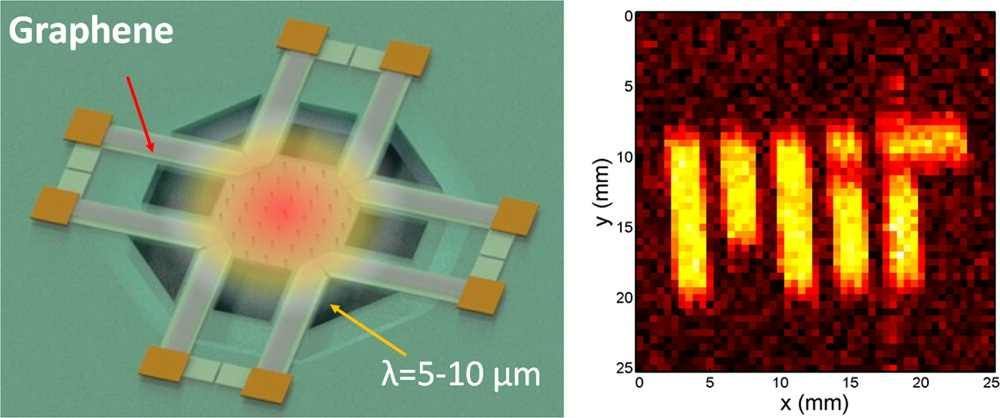
Taiwanese PC manufacturer Asus says it’s building an augmented reality device and aims to release it next year. According to a report from CNET, Asus CEO Jerry Shen confirmed the plans during an earnings call on Wednesday, arguing that augmented reality or AR will be more useful than virtual reality. “You can make a real setting meld together with yourself and the AR portion,” said Shen. “Internally, we are talking about how to prepare.”
Unlike VR, augmented reality doesn’t show you a completely fabricated view, but instead overlays digital elements onto the real world. The current frontrunner in this nascent field is Microsoft’s HoloLens, which the company has shown off in a range of impressive demos. However, the HoloLens is hampered by a number of problems, including bulkiness, constrained viewing angles, and a high price tag, with Microsoft releasing a $3,000 HoloLens developer kit in the first quarter of 2016. (By comparison, Samsung’s Gear VR, a virtual reality headset powered by the company’s smartphones, became available for preorder this week for just $99.) Asus has previously hinted that it might build its own version of the HoloLens, but as a company best known for its budget laptops, tablets, and smartphones, we wouldn’t expect it to match Microsoft’s price.
Despite the lack of unknowns surrounding Asus’s announcement, it’s still interesting to see a company align itself with augmented, rather than virtual, reality. The Verge’s Adi Robertson has argued that the complete immersion of VR makes it difficult for multitasking, and that augmented reality, by comparison, is more practical. Asus apparently agrees. “We think AR will be very important for people’s lives,” said Shen according to CNET. “It should be next year when we come out with a product.”
Read more

















